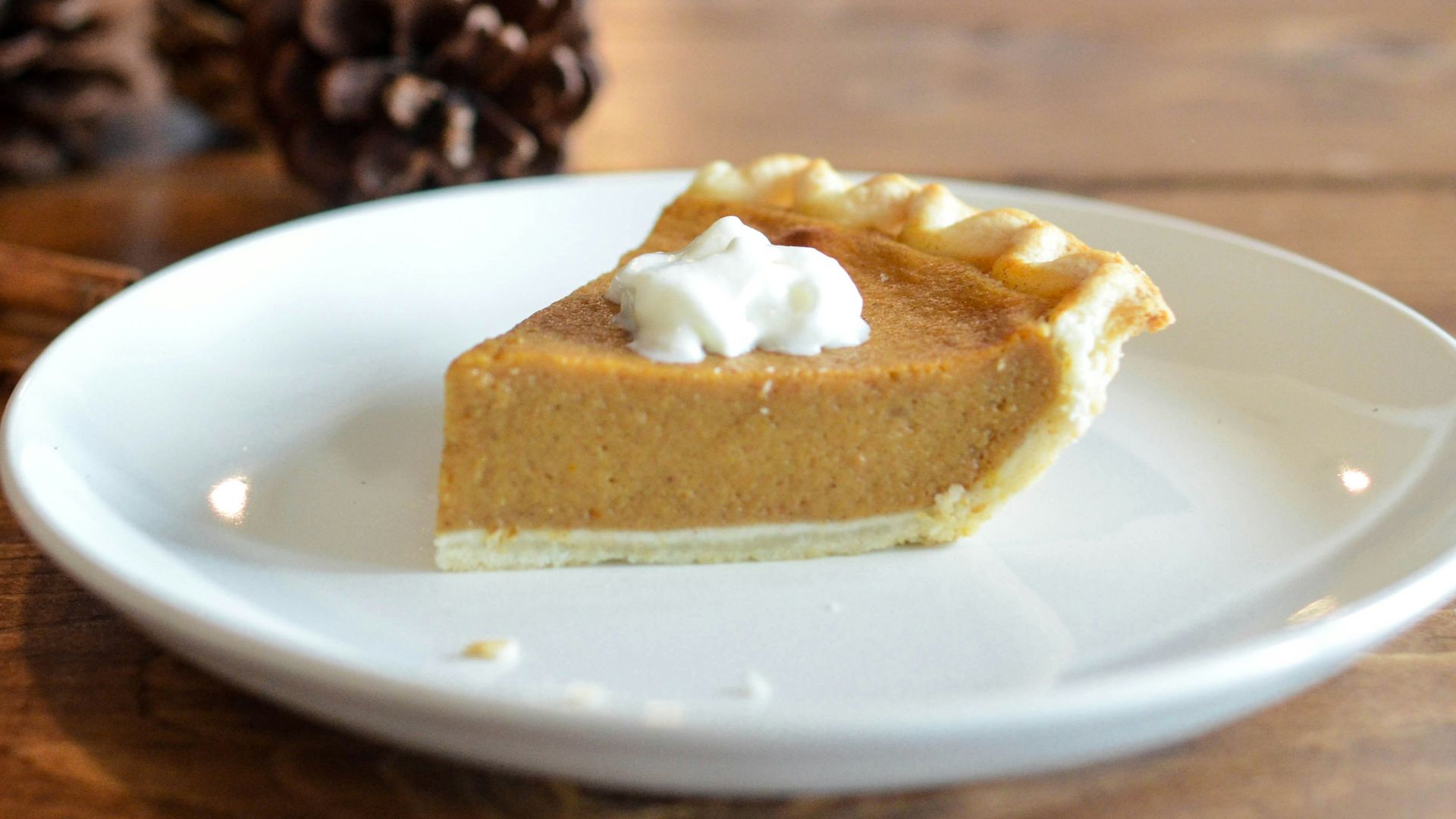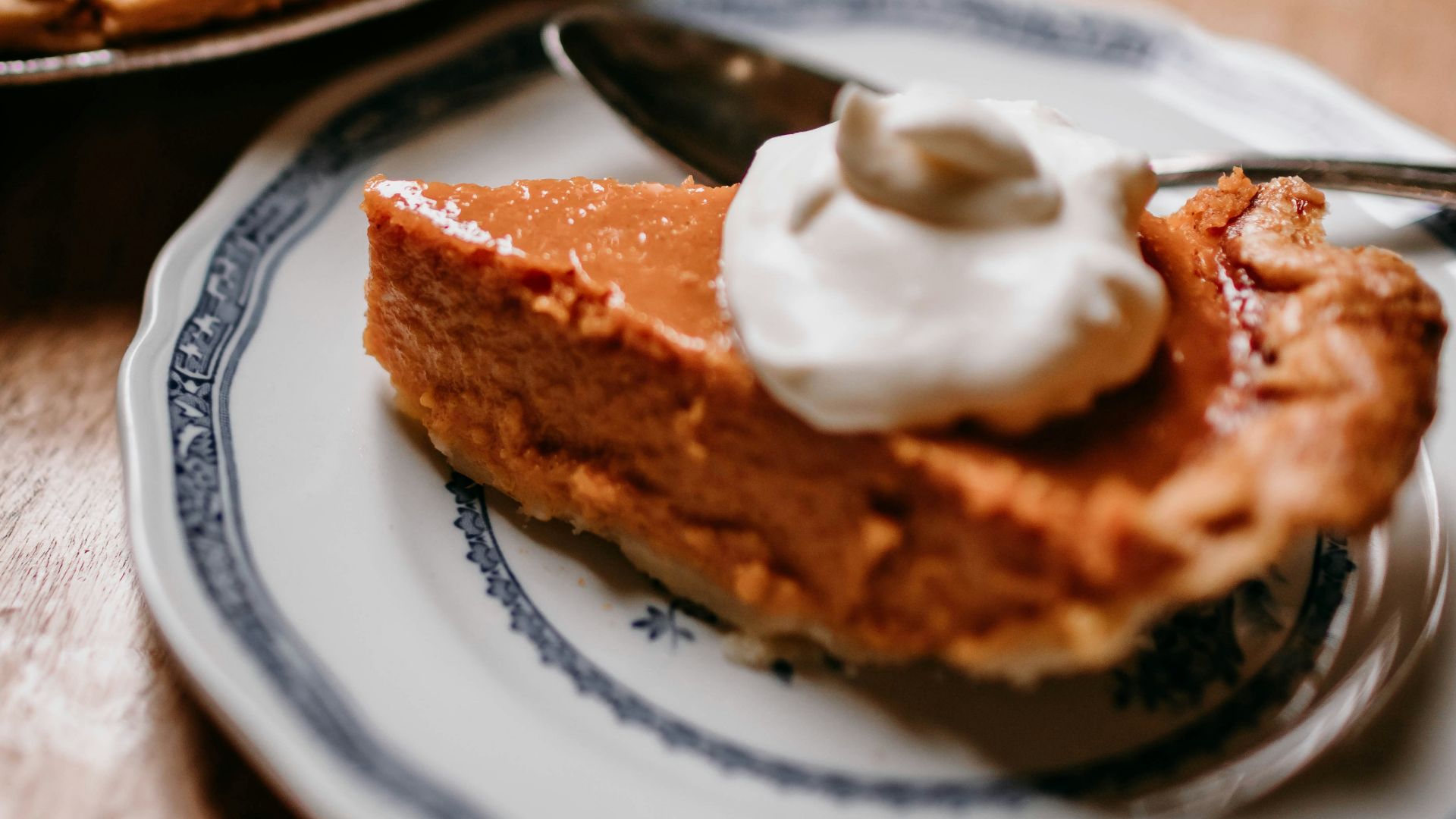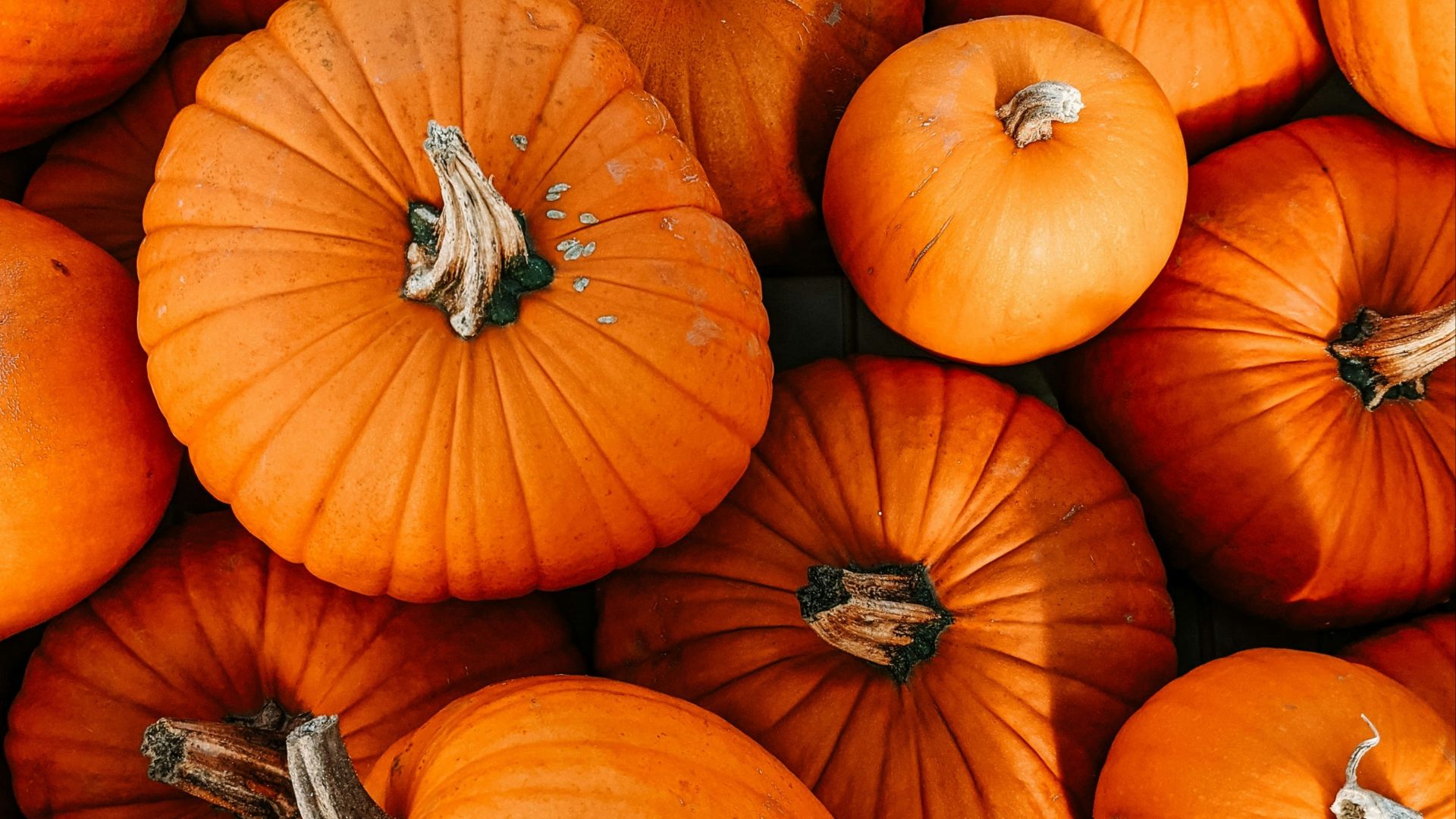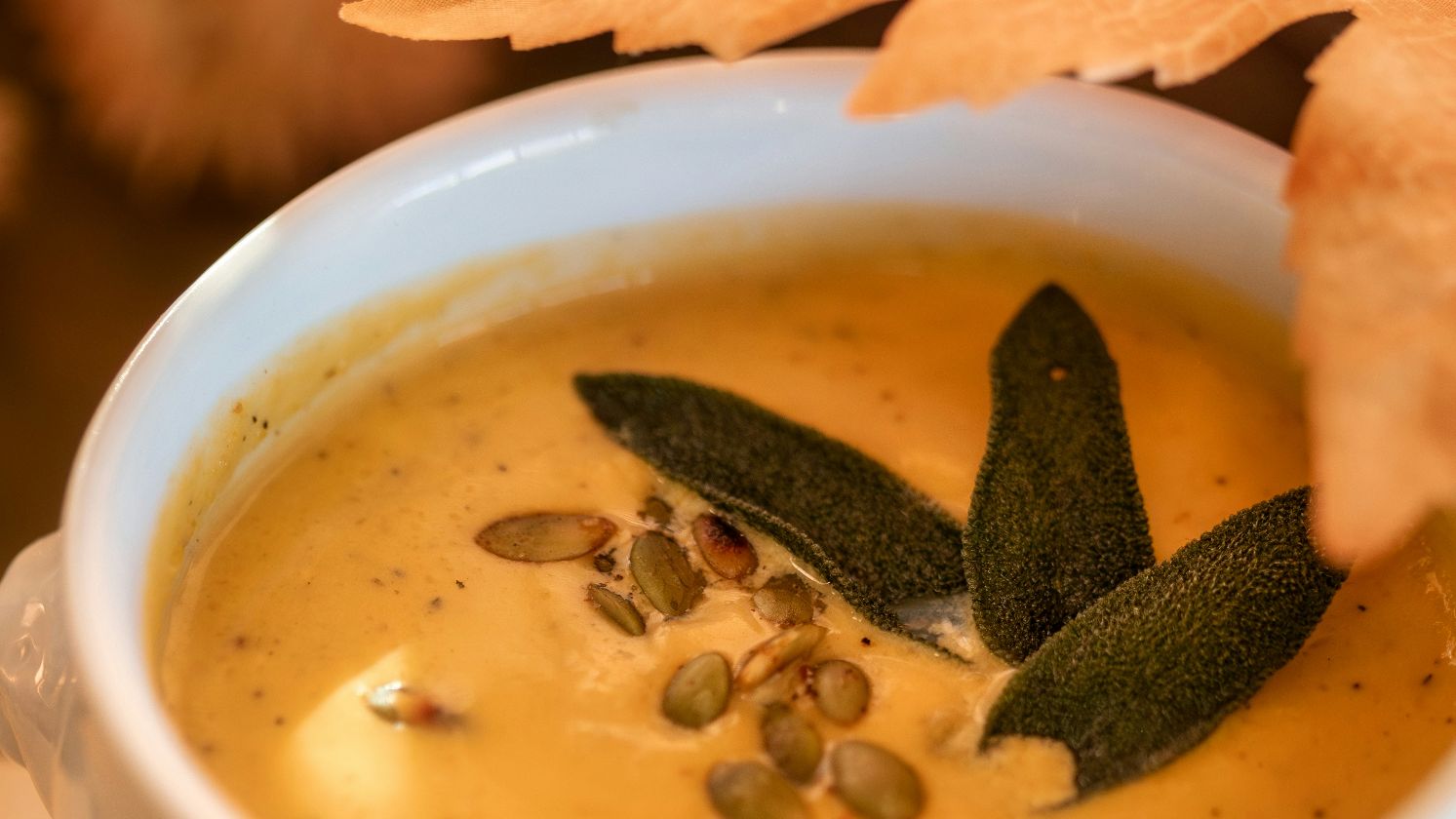The saying may go "as American as apple pie", but many would argue that pumpkin pie deserves a spot on the podium, especially during fall. While pumpkin pie is inextricable from Thanksgiving, have you ever wondered how the match made in heaven came to be? The answer might surprise you!
Pumpkin is a New World crop, while Europe has a long tradition of sweet and savory pie-making. Case closed, right? Not so fast.
What Calls Back The Past, Like The Rich Pumpkin Pie?
Pumpkins were brought over to Europe through the Columbian Exchange, and the addition of sugar from the Canary Islands made sweet pie-making a breeze. Recipes from 16th & 17th century England bear little resemblance to the pumpkin pie we know today. A recipe from 1670 calls for fried pumpkin layered with apple and spices. That sounds delicious, but not familiar. For that, we have to go directly to the source.
Pumpkin is one of the Three Sisters of the Americas along with maize and beans. Not only were these three crops staples for the Indigenous peoples of the Americas but, when planted together, they helped each other grow. The corn stalks provided a trellis for the beans to climb; the beans fix nitrogen in the soil and stabilize the stalks in high winds; and the squash's leave keep the soil moist and shady, deterring pests. While they can be grown apart, they're much more successful when grown together.
The Wampanoag of what would become Massachusetts shared their traditional knowledge with the Plymouth Colony, helping them survive that first bitter winter. In 1621, a version of pumpkin pie was likely served at the three-day celebration between the settlers and the Wampanoag. The Plymouth colony hadn't found its feet, lacking not only the butter and flour for a pie crust, but an oven to bake it with. Instead, they improvised a sort of pumpkin pie bread bowl, with the custard poured into the hollowed-out gourd and roasted in hot ash.
Again, this sounds delightful—and like something bakers of today may want to try—but it was still a ways to go before we reached the peak of pumpkin pie.
As American As Pumpkin Pie
By 1705, pumpkin pie was firmly entrenched as a part of Thanksgiving in New England. In fact, the settlement of Colchester, Connecticut delayed Thanksgiving by a week because a molasses shortage meant they couldn't make pumpkin pie! Skip over another 90 years and the first recipe for pumpkin pie as we know it today was published in American Cookery by Amelia Simmons.
In the early 19th century, New England abolitionists such as Lydia Maria Child and Sarah Josepha Hale mentioned their favorite dessert in antislavery novels in poems. In fact, Hale campaigned for 17 years to make Thanksgiving a national holiday.
Thanksgiving was codified as an official holiday in 1863, with pumpkin pie as an accepted part. However, the South continued to push back against pumpkin pie, which they saw as an imposition of Yankee culture. Instead, sweet potato or bourbon and pecan pies were preferred.
New Technology, New Pies
One thing we've neglected to mention is that making pumpkin pie from scratch is an all day task. The pumpkin had to stew for hours on end. Along with making a crust from scratch, this could easily take up a whole day! By the 1920s, canning technology had come far enough that you could buy tinned pumpkin, cutting down the workload by hours.
Increased accessibility to pumpkin meant increased consumption of pumpkin pie. This was all fine and dandy until 1947. As part of rationing campaigns designed to provide food assistance to post-war Europe, Harry S. Truman instituted "Egg-less & Poultry-less Thursday", including Thanksgiving. While many Americans were unwilling to sacrifice their Thanksgiving turkey, pumpkin pie was a lesser compromise. And Truman stuck to his word; no pumpkins were harmed during the White House Thanksgiving.
Hurra for the pumpkin pie!










